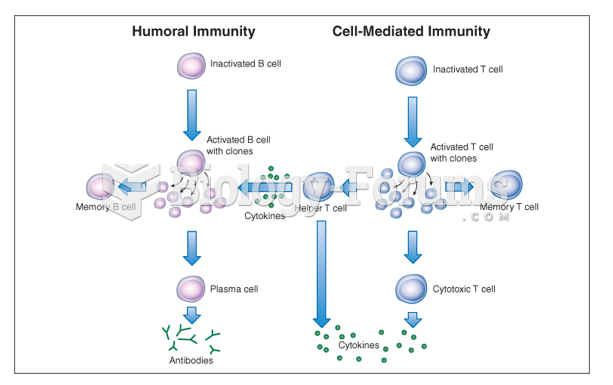|
|
|
Human kidneys will clean about 1 million gallons of blood in an average lifetime.
Vaccines prevent between 2.5 and 4 million deaths every year.
Certain chemicals, after ingestion, can be converted by the body into cyanide. Most of these chemicals have been removed from the market, but some old nail polish remover, solvents, and plastics manufacturing solutions can contain these substances.
There are over 65,000 known species of protozoa. About 10,000 species are parasitic.
A recent study has found that following a diet rich in berries may slow down the aging process of the brain. This diet apparently helps to keep dopamine levels much higher than are seen in normal individuals who do not eat berries as a regular part of their diet as they enter their later years.







